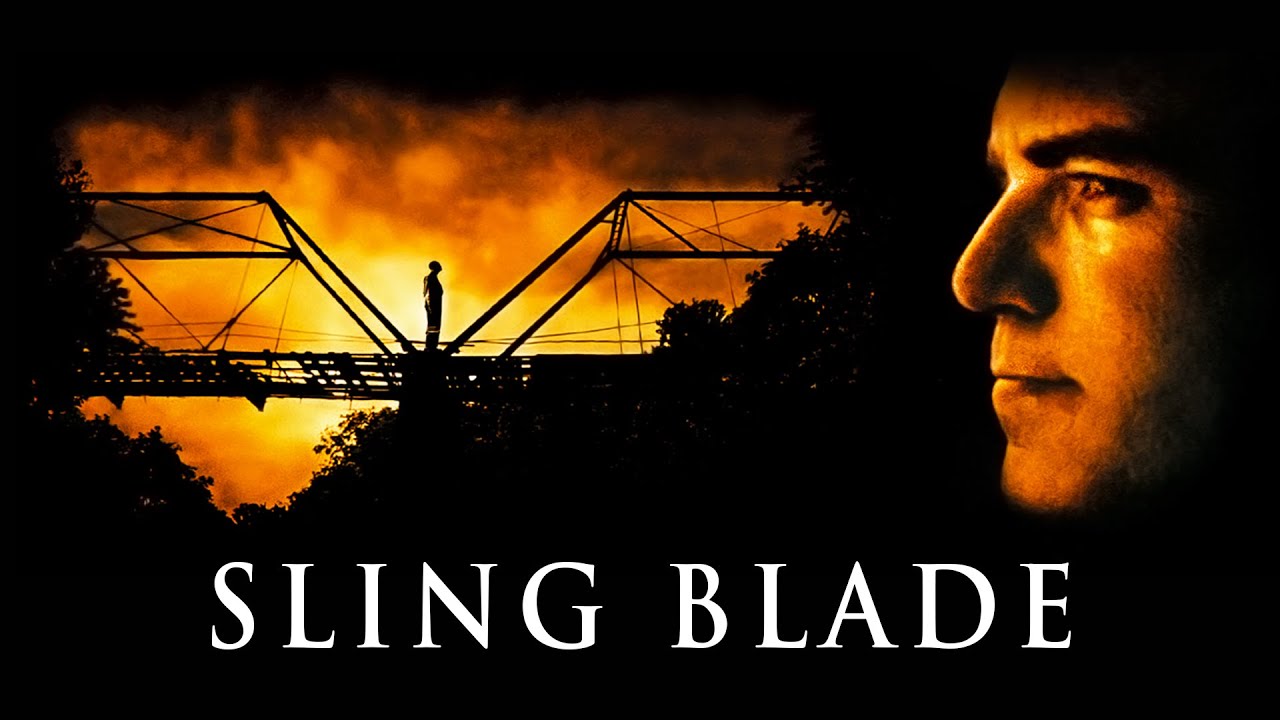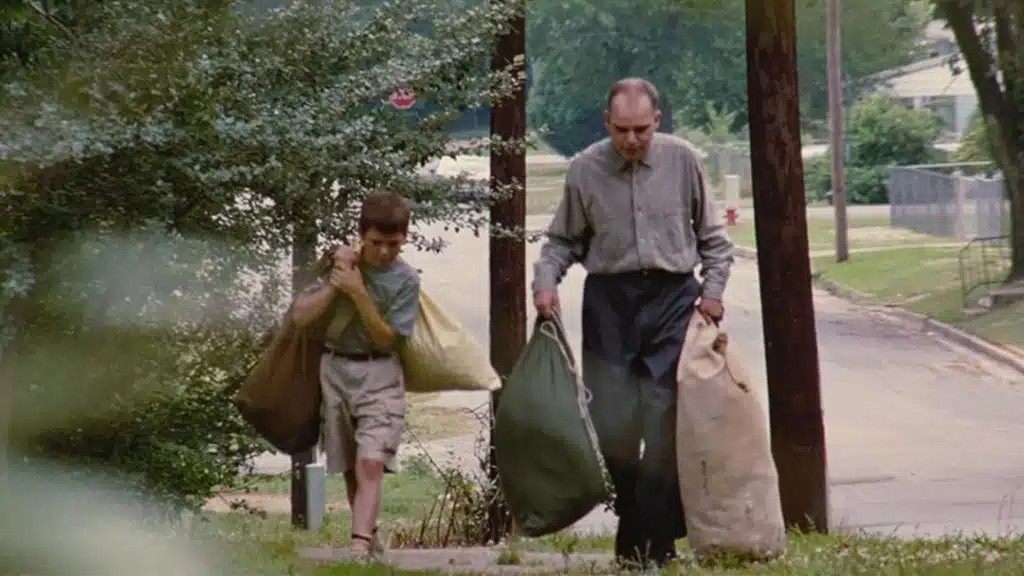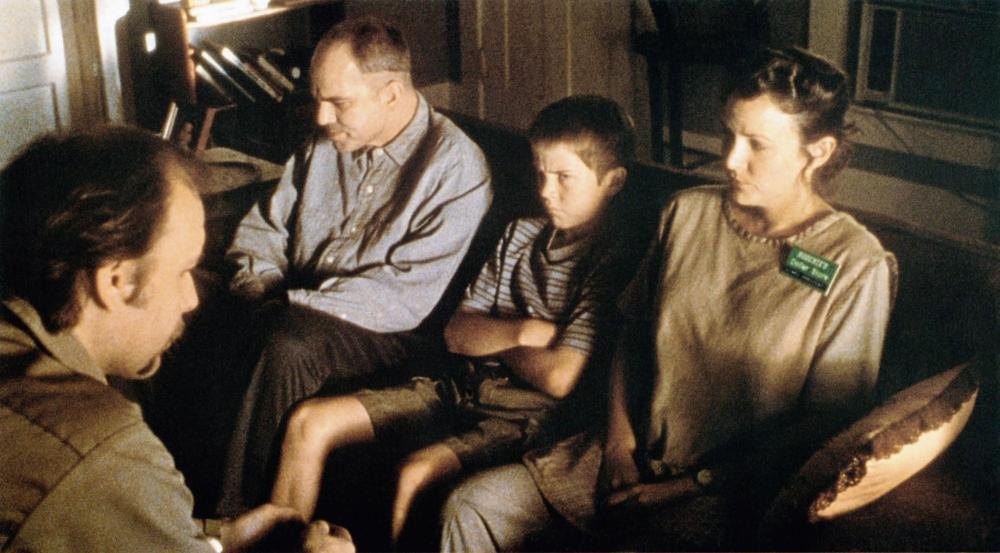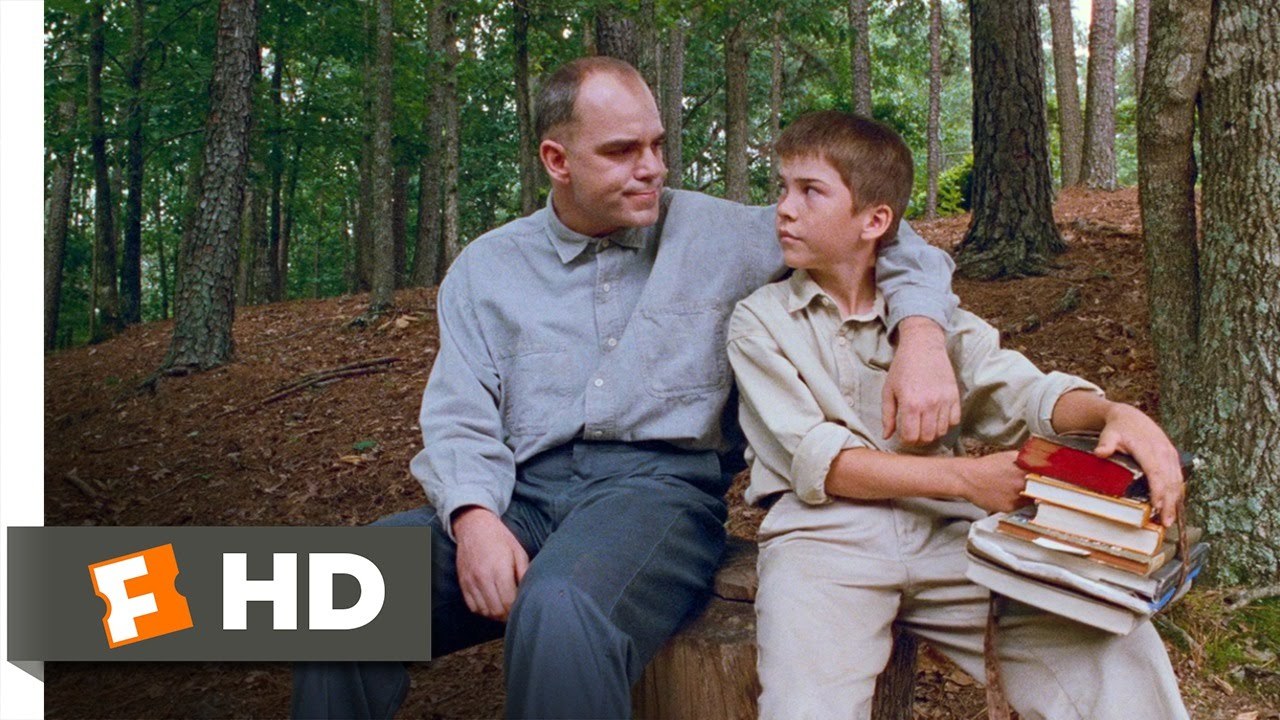Sling Blade (1996)

“Sling Blade” is a 1996 American drama film written, directed, and starring Billy Bob Thornton. Set in rural Arkansas, the film tells the poignant and complex story of Karl Childers, a man with a mental disability who has spent much of his life in a psychiatric institution. Upon his release, Karl returns to his hometown, where he forms an unlikely friendship with a young boy named Frank and his mother, Linda. The film explores themes of redemption, isolation, and the transformative power of human connection, offering a deeply emotional narrative that resonates long after the credits roll.
The central character, Karl Childers, is portrayed by Billy Bob Thornton in a career-defining performance. Karl is a man with the intellect of a child but the emotional depth of someone far more complex. After being institutionalized for a murder he committed as a teenager, Karl is released back into society. He returns to his hometown, where he befriends Frank, a young boy who lives with his mother, Linda. The film delicately explores Karl’s struggle to adapt to the world around him, showing both his vulnerability and his earnest desire to do right by the people in his life.
One of the most striking elements of “Sling Blade” is the relationship between Karl and Frank. Frank, portrayed by Lucas Black, is a lonely boy who feels neglected and misunderstood by the adults in his life. The bond that develops between Karl and Frank is heartwarming and redemptive, offering both characters a sense of belonging and purpose. Karl, in turn, provides Frank with the guidance and protection he lacks at home. Their friendship becomes the emotional core of the film, showing the healing power of companionship and the capacity for individuals to change through love and support.

The film also examines Karl’s complex relationship with Linda, Frank’s mother, played by Natalie Canerday. Linda is a kind and caring woman who sees beyond Karl’s disability and recognizes his inherent goodness. While Karl harbors feelings for Linda, he also struggles with the darkness of his past, particularly his involvement in a violent act. Linda’s understanding and acceptance of Karl provide him with a sense of belonging that he has never known. This dynamic highlights the film’s exploration of forgiveness, both from others and oneself, and the way in which kindness can open doors to personal transformation.

“Sling Blade” is a masterclass in subtle storytelling, where Thornton’s direction and screenplay work together to create a slow-burn narrative that builds emotional depth with every scene. The dialogue is sparse but powerful, often conveying more through silence and body language than words could. This minimalist approach enhances the film’s emotional weight, allowing the audience to connect with the characters on a profound level. The pacing of the film is deliberate, giving time for the characters’ inner struggles and complexities to unfold gradually.

In conclusion, “Sling Blade” is a haunting and beautifully crafted film that tells the story of redemption, friendship, and the power of human connection. Billy Bob Thornton’s writing, direction, and acting are exceptional, creating a film that is both heartbreaking and hopeful. The film’s exploration of the human condition, particularly through Karl’s relationships with Frank and Linda, offers a deeply moving experience that stays with the viewer long after the film ends. “Sling Blade” is a timeless exploration of how kindness, understanding, and friendship can transform even the most troubled souls.











